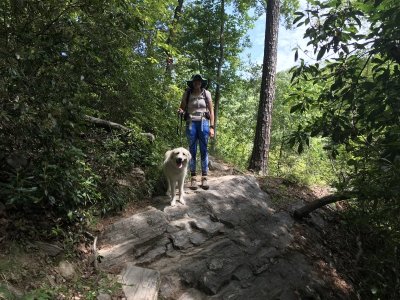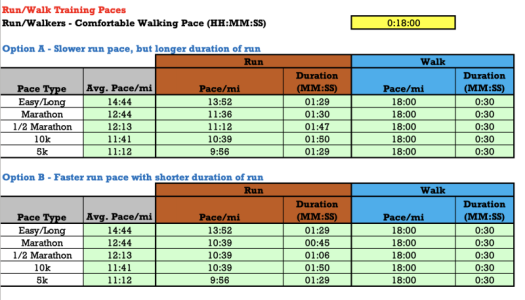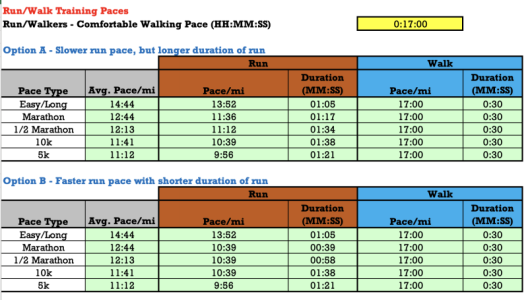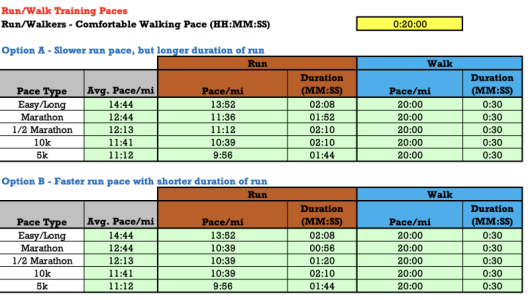steph0808
DIS Veteran
- Joined
- Apr 25, 2012
- Messages
- 1,161
July Totals
Running
Miles: 100.33
Time: 17:21:24
Avg HR: 150.8
Avg Pace: 10:28
July was pretty good, and I hit 100 miles by the skin of my teeth. Last week of the month, I skipped a few runs because of vacation, but I was running in the Rocky Mountains, so I consider it "altitude training" compared to my usual PA non-altitude training.
Walking the Dog
Miles: 18.03
Time: 7:34:49
I try to walk our 3yo lab at least 1 mile/day, sometimes 2, but I just started tracking it with a downloaded "hiking" app on my Forerunner 235. I need to get a new watch that has a walking/hiking and swimming functionality built in.
August is off to a rough start - got back from vacation and immediately jumped into dental surgery. Long story short - broke crown last year, had extraction/implant, implant failed, did bone graft, just inserted implant again this week. Fingers crossed that come January, everything is rock solid and ready for a new/fake tooth. I'm really too young for this sh!t.
So, just taking it easy this week and will start building up again through the rest of the month and be ready to start Dopey training in September.
Running
Miles: 100.33
Time: 17:21:24
Avg HR: 150.8
Avg Pace: 10:28
July was pretty good, and I hit 100 miles by the skin of my teeth. Last week of the month, I skipped a few runs because of vacation, but I was running in the Rocky Mountains, so I consider it "altitude training" compared to my usual PA non-altitude training.

Walking the Dog
Miles: 18.03
Time: 7:34:49
I try to walk our 3yo lab at least 1 mile/day, sometimes 2, but I just started tracking it with a downloaded "hiking" app on my Forerunner 235. I need to get a new watch that has a walking/hiking and swimming functionality built in.
August is off to a rough start - got back from vacation and immediately jumped into dental surgery. Long story short - broke crown last year, had extraction/implant, implant failed, did bone graft, just inserted implant again this week. Fingers crossed that come January, everything is rock solid and ready for a new/fake tooth. I'm really too young for this sh!t.
So, just taking it easy this week and will start building up again through the rest of the month and be ready to start Dopey training in September.
 )
)